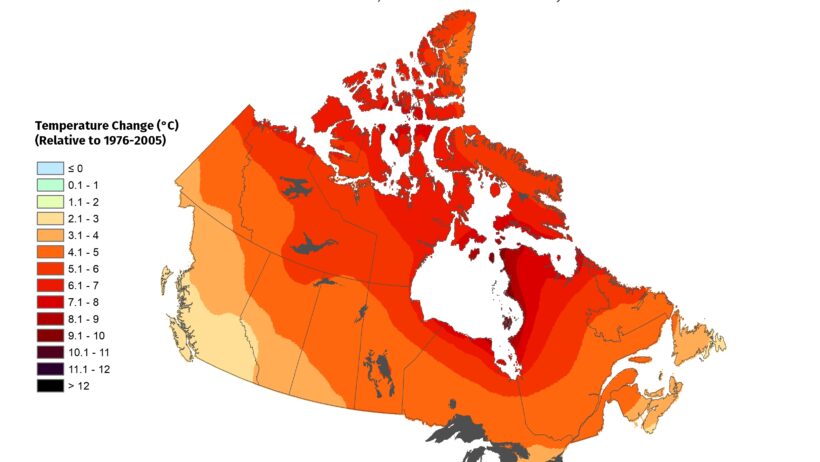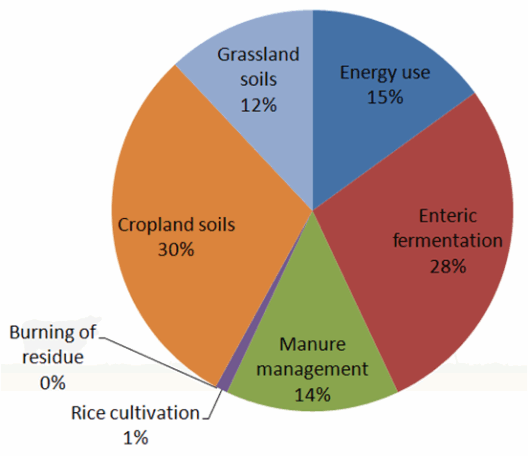When one conjures the image of Canada, an exquisite tapestry woven with elements of snow-capped mountains, sprawling forests, and the indomitable Northern Lights often comes to mind. However, beneath this iconic facade lies a complex and increasingly altered climate profile that warrants scrutiny. While Canada is typically characterized by its frigid winters and abundant snowfall, an alarming transformation is in progress that redefines its climate narrative. This evolution is not merely confined to the realm of temperature fluctuations, but resonates deeply with socio-political implications and ecological intricacies. To understand Canada’s climate is to recognize that it is more than just a land of ice and snow—it is a battleground where climate realities unfold and demand our attention.
Canada’s sheer vastness contributes to an array of climatic regions that stretch from the temperate rainforests of British Columbia to the arctic tundra of Nunavut. This diversity forms the crux of the nation’s identity. Nevertheless, recent climate projections paint a troubling picture, suggesting that many regions will face increasingly severe weather patterns, including longer and more intense heatwaves contrasted abruptly with surging rainfalls. Such dichotomies—heat against cold, abundance against scarcity—represent more than mere weather variations; they signal a broader existential crisis.
The phenomenon of climate change presents as a dark specter hovering over this serene landscape. Global warming—a culmination of decades of anthropogenic activities—has led to a profound alteration in Canada’s climate profile. Particularly alarming is the projected rise in mean temperatures, with regions such as the Prairies and the North experiencing warming at rates significantly above the global average. The ramifications of this thermal escalation are vast and multifaceted, impacting agriculture, biodiversity, and the livelihoods of Canadians across the spectrum.
A striking example stems from the agricultural sector, a linchpin of the Canadian economy and cultural heritage. As the growing seasons lengthen due to increased temperatures, farmers may rejoice at the prospect of a more fruitful harvest. However, this boon is tempered by the specter of droughts, unseasonable frosts, and the proliferation of destructive pests, culminating in food insecurity. Agricultural resilience is paramount; farmers are increasingly engaging with sustainable practices that might fortify their operations against these climatic vicissitudes. Nonetheless, each growing season presents a gamble against an unpredictable climate.
Moreover, Canada’s unique ecosystems, ranging from the boreal forests to coastal wetlands, stand on the precipice of irrevocable transformation. Biodiversity, often lauded as a national treasure, is facing unprecedented challenges. Species that once thrived in their traditional habitats are experiencing displacement or extinction as warming temperatures erode their ecological niches. The interdependence of species within these ecosystems underscores a crucial truth: the health of Canada’s environment is inextricably linked to its climatic stability. If the chains of biodiversity are broken, the repercussions will ripple through the ecosystem, jeopardizing ecosystem services that are essential for human survival.
Furthermore, the indigenous populations of Canada, whose cultures are deeply intertwined with the land, bear the brunt of these environmental transformations. Not only do they rely on the land for sustenance and cultural practices, but they also play a critical role in stewardship. Climate change threatens their very way of life, from altered migration patterns of game animals to the degradation of sacred landscapes. The recognition and integration of indigenous knowledge are pivotal in crafting adaptive responses to these climate challenges, fostering collaboration that is as much about cultural survival as ecological preservation.
As we delve deeper into the conundrum of Canada’s climate, it becomes apparent that the challenges faced extend into the political arena. Public policy must reflect the urgency of the climate crisis. Ambitious climate agreements, such as the Paris Accord, provide frameworks for international cooperation, yet the execution remains complex. Domestic efforts must align with global commitments, ensuring that Canada does not merely pay lip service but actively invests in sustainable solutions that mitigate emissions while fostering economic resilience. The shift towards renewable energy sources and the promotion of sustainable urban development are essential steps in this transition.
Moreover, public engagement in climate discourse is crucial. A populace armed with knowledge is one that can advocate for proactive policies and personal responsibility. Education on climate impacts and sustainable practices needs to permeate all strata of society, emphasizing the collective responsibility we bear towards the planet. Climate activism cannot be relegated to a niche; rather, it ought to be a mainstream ethos influencing every Canadian’s choices.
In conclusion, Canada’s climate profile is emblematic of broader environmental trends that transcend geographical boundaries. Understanding this profile requires stepping beyond the conventional narrative of cold winters and lakes frozen in time. The consequences of climate change are neither abstract nor distant; they are present in our ecosystems, communities, and livelihoods. Canada stands at a crossroads, poised to either embrace a future rooted in sustainability or succumb to the perils of inaction. Engaging in this dialogue is not optional; it is imperative for the preservation of a land that has long captured the hearts and minds of its inhabitants.








